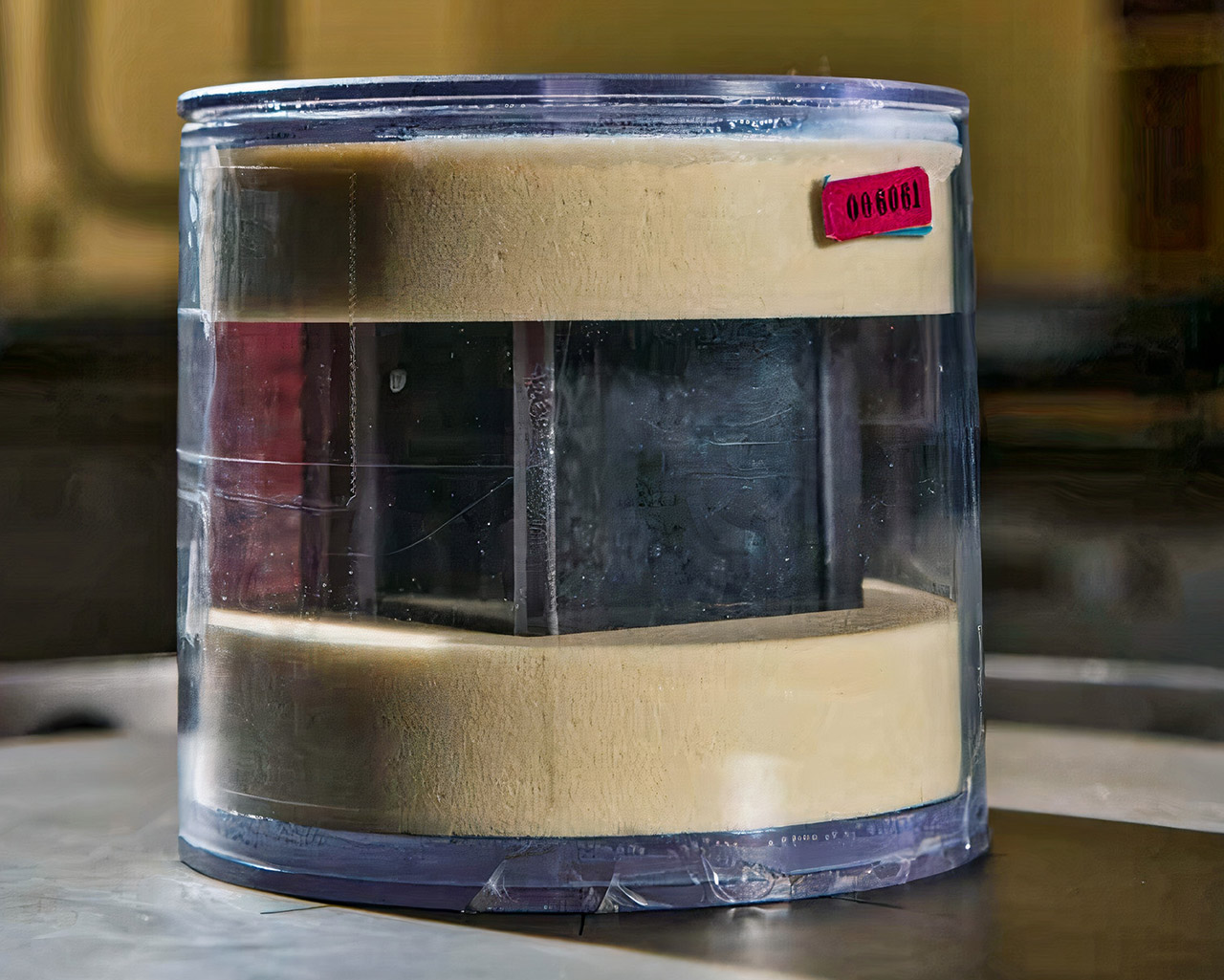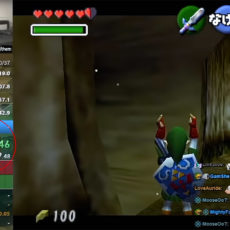
Photo credit: Andrea Starr/PNNL via Gizmodo
The United States and Nazi Germany were in a nuclear technology race during World War 2. However, before Germany could succeed, Allied forces disrupted the program and confiscated some bizarre-looking uranium cubes. This missing uranium’s whereabouts is still unknown, but a few cubes thought to be associated with the program are in the hands of U.S. and European researchers. Today, scientists report initial results from new methods being developed to confirm their place of origin.
As of today, there is one cube located at Pacific Northwest National Laboratory (PNNL), but nobody knows how it came to be. What we do know is that during the early 1940s, several German scientists were competing to exploit nuclear fission to produce plutonium from uranium for the war. So, their scientists developed uranium cubes to fuel nuclear reactors at these sites. They measure around 2-inches on each side and then hundreds of the cubes were hung on cables submerged in “heavy” water, in which deuterium replaces lighter hydrogen. Their hope was that the radioactive decay of the uranium in the assemblies would unlock a self-sustaining nuclear chain reaction, but this theory failed.
- Botanical Collection - This set is part of the unique adult LEGO Botanical Collection, including Flower Bouquet (10280), Wildflower Bouquet (10313),...
- Bonsai Tree Model - Features a LEGO bonsai tree model with a rectangular pot and slatted wood-effect stand, designed for adult builders
- Mindful Cherry Blossom - In this LEGO set for adults, designers created a mindful build with a unique cherry blossom pattern that becomes tiny frogs...

Photo credit: Andrea Starr/PNNL
We’re curious if this particular cube was one of the ones associated with both research programs. Also, this is an opportunity for us to test our science before we apply it in an actual nuclear forensic investigation,” said Jon Schwantes, Ph.D., the project’s principal investigator.




